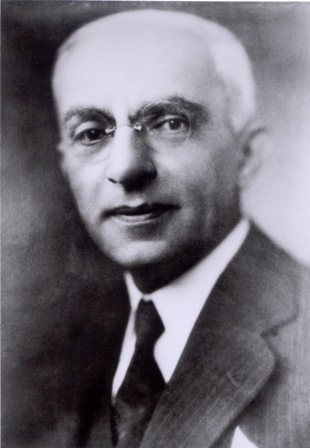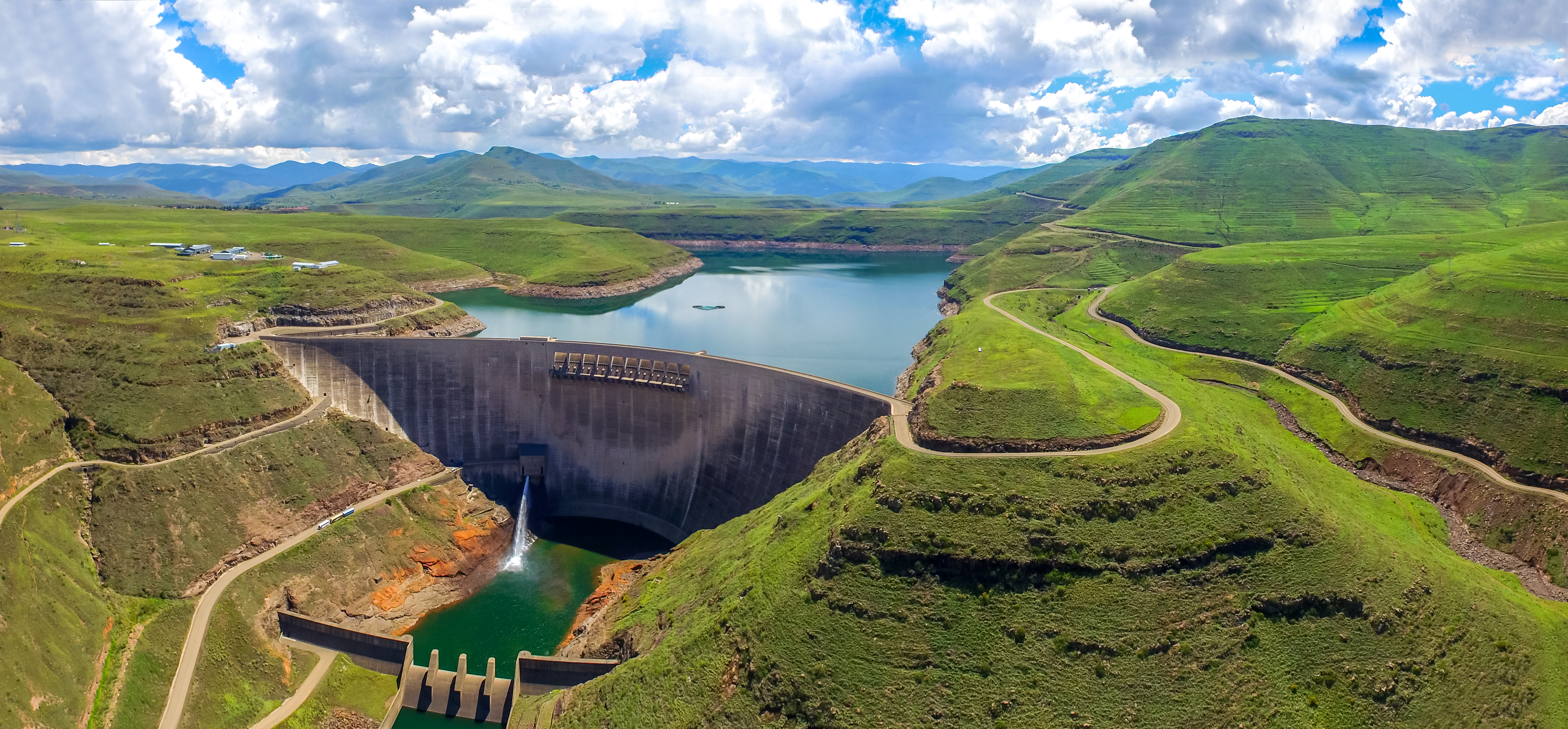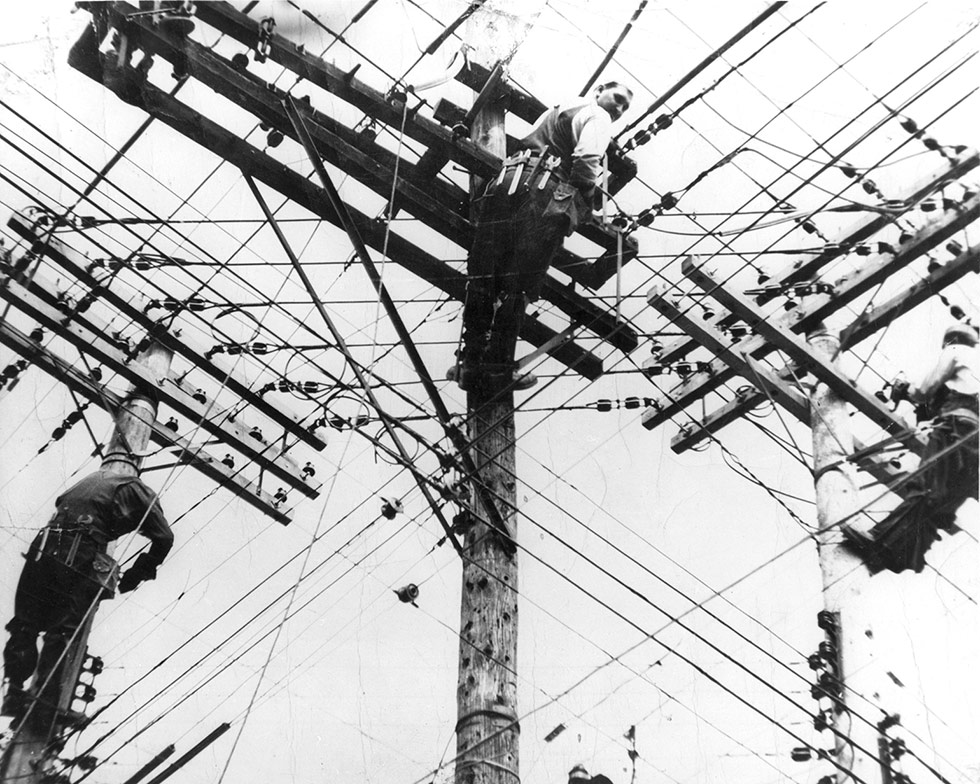|
René-Levasseur Island
René-Levasseur Island is a large island in the centre of Lake Manicouagan in Quebec, Canada. Its highest peak is Mount Babel, at 952 m (3,123 feet), which is contained in the Louis-Babel Ecological Reserve. With a total area of 2,020 km2 (and a diameter of 50.7 km), the island is larger in area than the annular lake in which it is situated. René-Levasseur Island is the world's second largest lake island (the largest is Manitoulin Island in Lake Huron). The geological structure was formed by the impact of a meteorite 214 million years ago. The meteorite is believed to have been about 5 km in diameter, and would have hit Earth at a speed of 17 km/s, the fifth most powerful known impact that Earth has seen. The impact of the meteorite formed a crater roughly 100 km in diameter, the centre of which forms the island known today. It became an artificial island when the Manicouagan reservoir was flooded in 1970, merging two crescent-shaped lakes: Mouch ... [...More Info...] [...Related Items...] OR: [Wikipedia] [Google] [Baidu] |
Manicouagan Reservoir
Manicouagan Reservoir (also Lake Manicouagan) is an annular lake in central Quebec, Canada, covering an area of . The lake island in its centre is known as René-Levasseur Island, and its highest point is Mount Babel. The structure was created 214 (±1) million years ago, in the Late Triassic, by the impact of a meteorite in diameter. The lake and island are clearly seen from space and are sometimes called the "eye of Quebec". The lake has a volume of . Geography The reservoir is located in Manicouagan Regional County Municipality in the Côte-Nord region of Quebec, Canada, about north of the city of Baie-Comeau, although its northernmost part is located in Caniapiscau Regional County Municipality. Quebec Route 389 passes the eastern shore of the lake. The crater is a multiple-ring structure about across, with the reservoir at its diameter inner ring being its most prominent feature. It surrounds an inner island plateau called René-Levasseur Island and Mount Babel is t ... [...More Info...] [...Related Items...] OR: [Wikipedia] [Google] [Baidu] |
Lake Huron
Lake Huron ( ) is one of the five Great Lakes of North America. Hydrology, Hydrologically, it comprises the easterly portion of Lake Michigan–Huron, having the same surface elevation as Lake Michigan, to which it is connected by the , Straits of Mackinac. It is shared on the north and east by the Canadian province of Ontario and on the south and west by the U.S. state of Michigan. The name of the lake is derived from early French explorers who named it for the Wyandot people, Huron people inhabiting the region. The Huronian glaciation was named from evidence collected from Lake Huron region. The northern parts of the lake include the North Channel (Ontario), North Channel and Georgian Bay. Saginaw Bay is located in the southwest corner of the lake. The main inlet is the St. Marys River (Michigan–Ontario), St. Marys River, and the main outlet is the St. Clair River. Geography By surface area, Lake Huron is the second-largest of the Great Lakes, with a surface area of — ... [...More Info...] [...Related Items...] OR: [Wikipedia] [Google] [Baidu] |
Old-growth Forest
An old-growth forestalso termed primary forest, virgin forest, late seral forest, primeval forest, or first-growth forestis a forest that has attained great age without significant disturbance, and thereby exhibits unique ecological features, and might be classified as a climax community. The Food and Agriculture Organization of the United Nations defines primary forests as naturally regenerated forests of native tree species where there are no clearly visible indications of human activity and the ecological processes are not significantly disturbed. More than one-third (34 percent) of the world's forests are primary forests. Old-growth features include diverse tree-related structures that provide diverse wildlife habitat that increases the biodiversity of the forested ecosystem. Virgin or first-growth forests are old-growth forests that have never been logged. The concept of diverse tree structure includes multi-layered canopies and canopy gaps, greatly varying tree height ... [...More Info...] [...Related Items...] OR: [Wikipedia] [Google] [Baidu] |
Kruger Inc
Kruger Inc. is a Canadian corporation which manufactures publication papers, tissue, lumber and other wood products, corrugated cartons from recycled fibres, green and renewable energy, and wines and spirits. Kruger Inc. operates facilities in Québec, Ontario, British Columbia, Newfoundland and Labrador, and the United States. History The origins of Kruger Inc. date back to 1904, when Joseph Kruger founded a fine paper business in Montreal. Gene H. Kruger, the founder's son, became president of the company in 1928 at the age of 25 and expanded it into the manufacture of newsprint, paperboard, and tissue products. As chairman of the board and CEO, Joseph Kruger II, Gene's son, has overseen the company's continual expansion into specialty publication papers, North American tissue products, wines and spirits, forest and wood products, renewable energy and recycling, as well as its modernization with special emphasis on the environment. Activities The company's activities are div ... [...More Info...] [...Related Items...] OR: [Wikipedia] [Google] [Baidu] |
Quebec Court Of Appeal
The Court of Appeal of Quebec (sometimes referred to as Quebec Court of Appeal or QCA) (in French: ''la Cour d'appel du Québec'') is the highest judicial court in Quebec, Canada. It hears cases in Quebec City and Montreal. History The Court was created on May 30, 1849, as the Court of Queen's Bench (''Cour du Banc de la Reine'' in French) – or Court of King's Bench (''Cour du Banc du Roi'' in French) depending on the gender of the current Monarch serving as Canada's head of state. The Court's judges had jurisdiction to try criminal cases until 1920, when it was transferred to the Superior Court. In 1974, it was officially renamed the Quebec Court of Appeal. Jurisdiction Under the Code of Civil Procedure of Quebec and the Criminal Code, someone wishing to appeal a decision of the either the Superior Court of Quebec or the Court of Quebec generally has 30 days to file an appeal with the Court of Appeal. Final judgments in civil cases are appellable as of right if the am ... [...More Info...] [...Related Items...] OR: [Wikipedia] [Google] [Baidu] |
Betsiamites, Quebec
Pessamit (formerly Betsiamites, or Bersimis), is a First Nations reserve and Innu community in the Canadian province of Quebec, located about southwest from Baie-Comeau along the north shore of the Saint Lawrence River at the mouth of the Betsiamites River. It is across the river directly north of Rimouski, Quebec. It belongs to the Pessamit Innu Band. The reserve includes the communities of Betsiamites and Papinachois. Etymology It has been argued that the word Betsiamites could mean "those arriving by river". However, most authors today agree that the word came from the Innu root "Pessamit", meaning of "place where there are leeches or lampreys or sea eels". The dialect spoken at Mistissini uses the older form "upesciyâmîhc" as the locative noun referring to the town, and the form "upesciyâmîw-iyiniw" in reference to the people of Pessamit. The local form of the name can be explained by phonological changes that have occurred in the local dialect. In particular, the dialect ... [...More Info...] [...Related Items...] OR: [Wikipedia] [Google] [Baidu] |
First Nations In Canada
First Nations (french: Premières Nations) is a term used to identify those Indigenous Canadian peoples who are neither Inuit nor Métis. Traditionally, First Nations in Canada were peoples who lived south of the tree line, and mainly south of the Arctic Circle. There are 634 recognized First Nations governments or bands across Canada. Roughly half are located in the provinces of Ontario and British Columbia. Under Charter jurisprudence, First Nations are a "designated group," along with women, visible minorities, and people with physical or mental disabilities. First Nations are not defined as a visible minority by the criteria of Statistics Canada. North American indigenous peoples have cultures spanning thousands of years. Some of their oral traditions accurately describe historical events, such as the Cascadia earthquake of 1700 and the 18th-century Tseax Cone eruption. Written records began with the arrival of European explorers and colonists during the Age of Dis ... [...More Info...] [...Related Items...] OR: [Wikipedia] [Google] [Baidu] |
Innu
The Innu / Ilnu ("man", "person") or Innut / Innuat / Ilnuatsh ("people"), formerly called Montagnais from the French colonial period ( French for "mountain people", English pronunciation: ), are the Indigenous inhabitants of territory in the northeastern portion of the present-day province of Labrador and some portions of Quebec. They refer to their traditional homeland as ''Nitassinan'' ("Our Land", ᓂᑕᔅᓯᓇᓐ) or ''Innu-assi'' ("Innu Land"). The Innu are divided into several bands, with the Montagnais being the southernmost group and the Naskapi being the northernmost. Their ancestors were known to have lived on these lands as hunter-gatherers for several thousand years. To support their seasonal hunting migrations, they created portable tents made of animal skins. Their subsistence activities were historically centred on hunting and trapping caribou, moose, deer, and small game. Their language, Ilnu-Aimun or Innu-Aimun (popularly known since the French colonia ... [...More Info...] [...Related Items...] OR: [Wikipedia] [Google] [Baidu] |
Arch Dam
An arch dam is a concrete dam that is curved upstream in plan. The arch dam is designed so that the force of the water against it, known as hydrostatic pressure, presses against the arch, causing the arch to straighten slightly and strengthening the structure as it pushes into its foundation or abutments. An arch dam is most suitable for narrow canyons or gorges with steep walls of stable rock to support the structure and stresses. Since they are thinner than any other dam type, they require much less construction material, making them economical and practical in remote areas. Classification In general, arch dams are classified based on the ratio of the base thickness to the structural height (b/h) as: * Thin, for b/h less than 0.2, * Medium-thick, for b/h between 0.2 and 0.3, and * Thick, for b/h ratio over 0.3. Arch dams classified with respect to their structural height are: * Low dams up to , * Medium high dams between , * High dams over . History The developme ... [...More Info...] [...Related Items...] OR: [Wikipedia] [Google] [Baidu] |
Manicouagan River
The Manicouagan or Manicuagan River, often clipped to Manic, is a river in Côte-Nord region of Quebec, Canada. The river originates in the Manicouagan Reservoir and flows approximately south, emptying into the Saint Lawrence River near Baie-Comeau. The reservoir, also known as Lake Manicouagan, lies within the remnant of an ancient eroded impact crater (astrobleme). It was formed following the impact of a diameter asteroid which excavated a crater originally about wide, although erosion and deposition of sediments have since reduced the visible diameter to about . The Manicouagan impact structure is the sixth-largest confirmed impact crater known on earth. Name The river's name is believed to come from a Montagnais name meaning "Place where Tree Bark is Found". However the Innu of Betsiamites call it ''Menukuanistuk Shipu'', meaning "River of the Cup". Tributaries The major tributaries of the Manicouagan River are in upstream order: * Toulnustouc River ** Isoukustouc Rive ... [...More Info...] [...Related Items...] OR: [Wikipedia] [Google] [Baidu] |
Hydro-Québec
Hydro-Québec is a public utility that manages the generation, transmission and distribution of electricity in the Canadian province of Quebec, as well as the export of power to portions of the Northeast United States. It was established by the Government of Quebec in 1944 from the expropriation of private firms. This was followed by massive investment in hydro-electric projects like the James Bay Project. Today, with 63 hydroelectric power stations, the combined output capacity is 37,370 megawatts. Extra power is exported from the province and Hydro-Québec supplies 10 per cent of New England's power requirements. Hydro-Québec is a Crown corporation (state-owned enterprise) based in Montreal. In 2018, it paid CAD$2.39 billion in dividends to its sole shareholder, the Government of Québec. Its residential power rates are among the lowest in North America. More than 40 percent of Canada’s water resources are in Québec and Hydro-Québec is the fourth largest hydropower produ ... [...More Info...] [...Related Items...] OR: [Wikipedia] [Google] [Baidu] |






